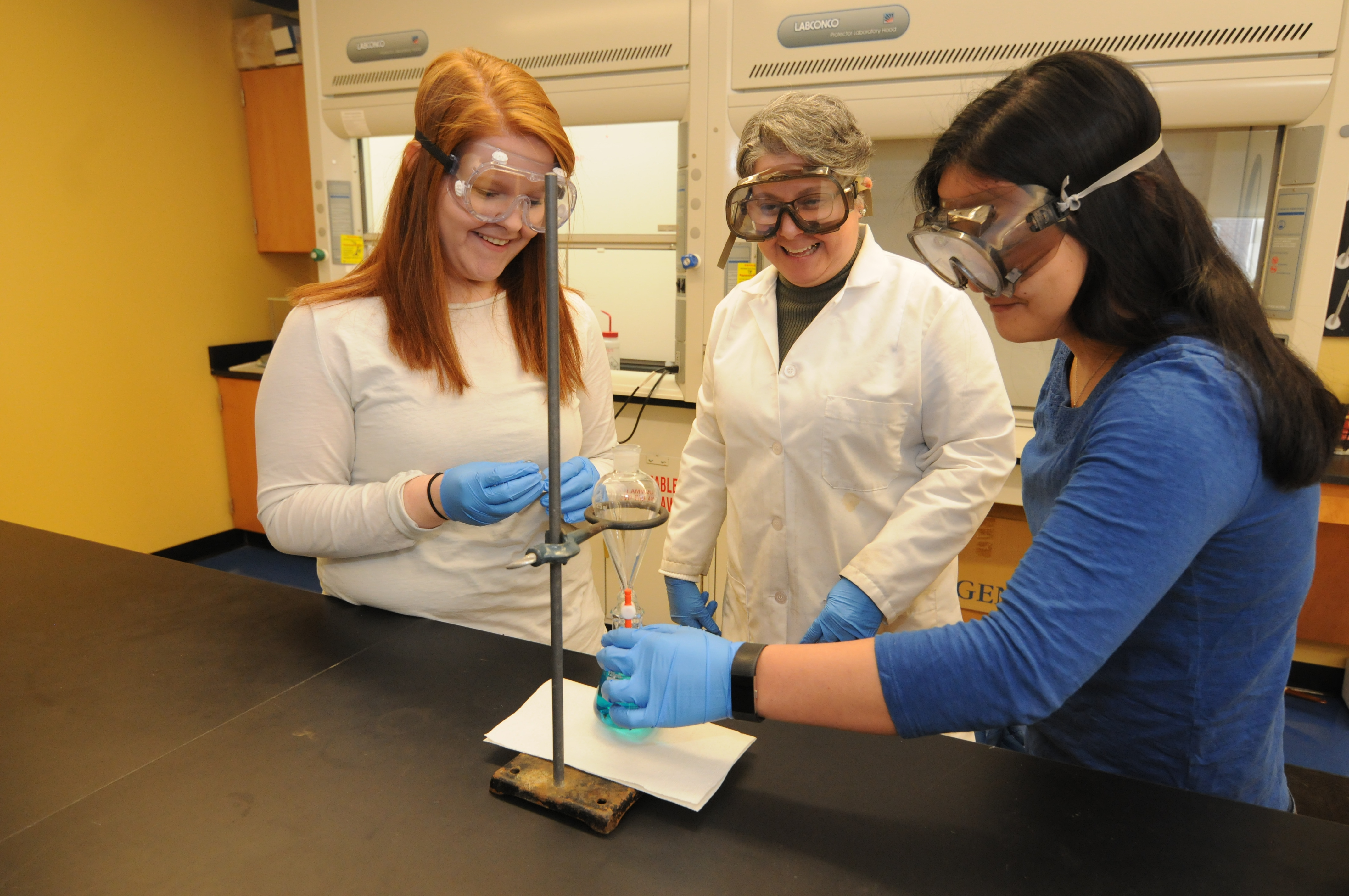Document Type
Article
Publication Date
Fall 2022
Abstract
Green crabs are one of the most invasive marine species in the world. Their populations in New England have grown significantly due to climate change, increasing their environmental and socioeconomic impacts. Green crabs are voracious predators of soft shell clams, and have had a detrimental impact on the region’s valuable clam fisheries. They also prey on juvenile lobsters and other shellfish and compete with native crab species for resources. Green crabs burrow into and damage eelgrass beds, which are a vital habitat for many marine species and an important “blue carbon” sink. Due to their rapid rate of reproduction as well as other biological characteristics, green crabs are essentially impossible to eradicate. Attempts to remove them have therefore been largely unsuccessful. A more promising solution to the green crab invasion is to establish markets and incentives for their exploitation. Culinary and bait markets would support continuous harvest of the crabs, keeping their population in check without devoting resources to futile eradication attempts. A green crab fishery would diversify New England’s fisheries and make use of a highly abundant resource that is presently underutilized. Although there are challenges to developing a viable green crab fishery, it is likely the best strategy to combat their environmental impacts while simultaneously benefiting human communities.
Recommended Citation
Fischer, Eve; Minor, Jesse; and McMahan, Marissa, "Recommendations for Establishing a Market for Invasive Green Crabs in New England" (2022). Student Scholarship. 1.
https://scholarworks.umf.maine.edu/student_scholarship/1



Comments
The Northeastern Geographer Policy Brief